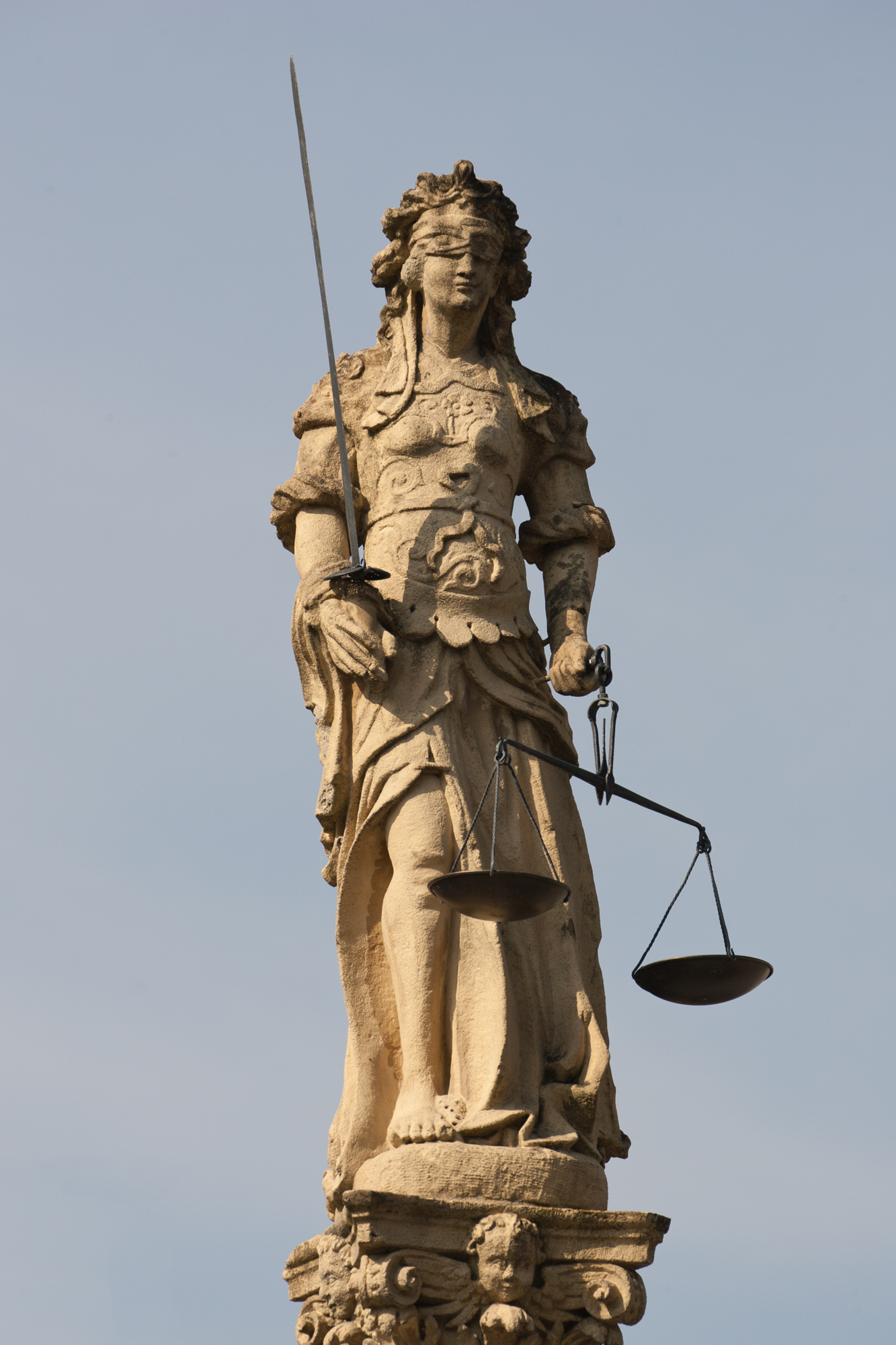I was running a cluster meeting for RE teachers, held at Hurlingham School in London, and we were looking within popular topics for “Y-Questions”, the contestable questions that are at the heart of P4C.
One of the teachers, Amanda Freeman, talked about how she had used as a stimulus an image of “blind justice”, a common statue in courts across the Western-influenced world.

It’s a great stimulus and a very interesting question. You can start by exploring the meaning of the different symbols – sword, scales, and blindfold. You could create a concept cloud around the image, with ideas like impartiality, fairness, (absence of) bias, punishment and so on. Then you could create questions in the traditional way, or perhaps have committees, each self-facilitating to focus on different question:
r
Should justice be blind?
Is justice blind?
Can justice be blind?
If justice is blind, what injustices can that lead to?
What should justice be blind to, and what should it see?
r
with one student in each committee acting as facilitator, armed with these coaching questions:
r
So… [repeat the question]?
Can you tell me more?
Can you say why?
Can you give me an example?
How do you mean?
Why is that important?
How could you disagree with yourself?
Can you say why?
Can you give me an example?
How do you mean?
Why is that important?
How could you disagree with yourself?
r
It’s interesting thinking both with and against the intended meaning of the statue: if justice is blind, what might it fail to see. Or even, connecting to issues such as free will, “If justice could see everything, would it still carry a sword?”